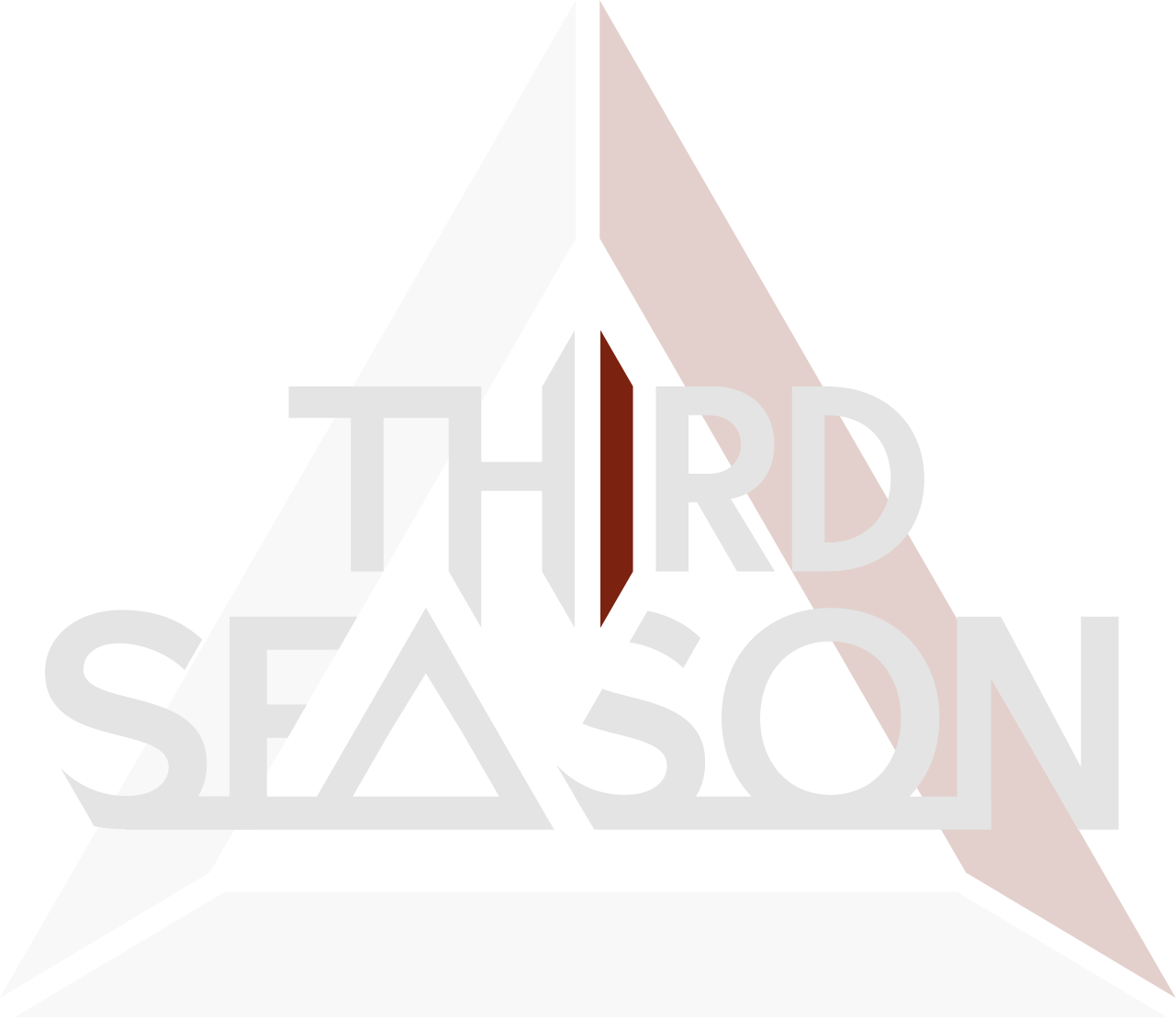Season 3 All That - Understanding Earth's Yearly Rhythms
Every year, we notice how time moves through different periods, each with its own special feel, a bit like chapters in a really long story. These periods, which we often call seasons, mark distinct moments, shaping the world around us in truly noticeable ways. When we consider something like "season 3 all that," it helps to think about how natural seasons work, how they come about, and what makes each one stand out from the others, you know?
You see, a season is, in a way, a part of the year where particular things happen with plants and animals. It is a specific stretch of time that has certain qualities or circumstances, giving it a unique character. Just as we can look up exact dates for spring, summer, autumn, and winter in any city, we can, perhaps, begin to think about what defines "season 3 all that" as its own unique segment of time, what with its own particular set of happenings.
These natural divisions of the year, spring, summer, fall, and winter, follow each other in a regular way, bringing changes to the weather, to the way living things interact with their surroundings, and to how much daylight we get. It makes you wonder, then, how "season 3 all that" might also have its own kind of rhythm, its own distinct circumstances that give it a special meaning, sort of like a natural season, actually.
- Chi Chis Mexican Restaurant Comeback
- Juice Wrld Addictions
- Name Of The Game Mamma Mia
- Alan Osborne Show
- Is Georgie Farmer Single
Table of Contents
- What Makes a Season Distinct?
- How Do Natural Seasons Relate to Season 3 All That?
- The Earth's Cosmic Dance and Its Influence
- Can We Predict the Unfolding of Season 3 All That?
- The Regular Flow of Time's Divisions
- What Unique Qualities Shape Season 3 All That?
- Global Variations in Seasonal Patterns
- Planning for What's Next in Season 3 All That
What Makes a Season Distinct?
A season, in its simplest description, is a part of the year that has its own special characteristics. It is a period marked by a particular set of circumstances or features that set it apart from other times. Think of it this way: when we talk about spring, we picture certain flowers appearing, or maybe animals waking up, and that is what makes it unique, you know? It is a time when certain types of plant and animal events take place, giving that period its own special identity, so.
Beyond just the living things, a season is also set apart by the general feel of the air, the kind of weather it brings. This means things like how warm or cool it gets, whether it tends to be wet or dry, or how much sunshine we experience. These are the special climate conditions that truly distinguish one part of the year from another. It is these particular weather patterns that give each season its own personality, in a way, defining the period for us.
How Do Natural Seasons Relate to Season 3 All That?
If we think about "season 3 all that" as a distinct period, much like a natural season, we can begin to see how it might have its own particular set of happenings. Just as spring brings new growth and winter brings cold, "season 3 all that" would, in theory, be a time when specific events or circumstances unfold, setting it apart from whatever came before or what might come after. It is about recognizing that this particular period has its own rhythm, its own unique set of circumstances that make it what it is, actually.
To really understand "season 3 all that" through this lens, we might look for what specific things happen during this time. Are there certain kinds of activities that become more common? Do particular feelings or moods seem to characterize this period? Just as natural seasons have their own unique floral and animal events, "season 3 all that" would be defined by its own distinct set of occurrences, making it a recognizable phase. It is about observing the particular features that make this period stand out, you know, what with everything that goes on.
The Earth's Cosmic Dance and Its Influence
The way our planet moves around the sun plays a big part in when seasons begin. The starting point for a season, in terms of astronomy, depends on where the Earth is in its path. For winter and summer, these beginnings are tied to something called a solstice, which is when the sun is at its furthest point north or south. It is a clear marker, showing us precisely when one period ends and another truly begins, so.
For spring and autumn, the start dates are linked to an equinox. This is when the sun is directly above the Earth's equator, making day and night nearly equal in length across the globe. These celestial events are like nature's own clock, signaling the precise moment a new seasonal period starts. It is the Earth's position in relation to the sun that really dictates these changes, marking the beginning of these distinct times, more or less.
Can We Predict the Unfolding of Season 3 All That?
Given that natural seasons follow a predictable schedule, with exact dates and times available for years into the future, we can, in a way, plan for them. We have tools, like a seasons calculator, that show us precisely when spring, summer, autumn, and winter will arrive in our own area, even up to 2035. This predictability allows us to prepare for what each period will bring, whether it is getting ready for warmer weather or planning for cooler days, you know?
Thinking about "season 3 all that," this idea of predictability is interesting. While we might not have a calculator for it, we can perhaps look for patterns or signs that suggest its arrival or what it might bring. If "season 3 all that" is a recurring period, then maybe there are certain indicators that signal its presence, allowing us to anticipate its unfolding. It is about looking for the rhythms and recurring circumstances that define this particular time, just like we do with the natural world, basically.
The Regular Flow of Time's Divisions
Our year is commonly broken down into four main parts: spring, summer, autumn (or fall), and winter. These periods do not just happen randomly; they follow one another in a very regular, orderly fashion. After winter comes spring, then summer, then autumn, and then winter again, creating a continuous cycle. This consistent sequence helps us keep track of time and understand the changes that happen throughout the year, what with everything going on.
This regular flow means we can generally count on these periods arriving when they are expected. It is a dependable rhythm that shapes much of our daily lives and the natural world around us. The way these four parts of the year succeed each other is a fundamental aspect of how we perceive time and change, providing a steady backdrop to all our experiences, you know, throughout the year.
What Unique Qualities Shape Season 3 All That?
Each natural season is truly set apart by its own specific weather conditions and the amount of daylight it gets. For instance, summer often means longer days and warmer temperatures, while winter brings shorter days and colder air. These differences in weather, temperature, and the hours of light are what give each season its own personality, influencing everything from what we wear to how plants and animals behave, more or less.
If we consider "season 3 all that" in this light, it suggests that this period would also possess its own unique set of qualities. Perhaps it is characterized by a particular kind of atmosphere, or certain types of activities that become more common. Just as natural seasons have distinct weather patterns and day lengths, "season 3 all that" would, in a way, be defined by its own special circumstances, making it recognizable and different from other periods. It is about understanding the particular features that shape this specific time, actually, making it stand out.
Global Variations in Seasonal Patterns
While many parts of the world experience the four well-known seasons – spring, summer, autumn, and winter – not every place on Earth follows this exact pattern. Some areas have a different number of seasons, or their seasons are defined by different factors than just temperature changes. This shows that the concept of a "season" can be a bit flexible depending on where you are on the planet, so.
For example, in places that are closer to the equator, often called tropical areas, the idea of four distinct seasons with big temperature swings does not quite fit. Instead, these regions might have just two main periods, like a wet period and a dry period, which are determined more by rainfall than by changes in warmth or light. This highlights how different parts of the Earth experience their yearly cycles in their own unique ways, you know, rather than following one universal model.
Planning for What's Next in Season 3 All That
Knowing the exact dates and times for the natural seasons, sometimes even years ahead, helps us plan what we will do. We can look at a calendar and see when spring will arrive, allowing us to think about outdoor activities, or when winter will set in, so we can prepare for colder days. This ability to look ahead and prepare for the specific conditions of each period is a helpful part of our lives, really, helping us make the most of each segment of the year.
Applying this idea to "season 3 all that," it suggests that if we can identify its characteristics and perhaps even its typical duration, we might be able to plan for it. Understanding what makes "season 3 all that" unique could help us prepare for whatever circumstances it brings, allowing us to adapt or even make the most of that particular time. It is about being aware of the rhythms of this period and adjusting accordingly, just like we do when the natural seasons change, basically.
- Image Of A Black Bear
- Time Square Attack
- Jonny Marlow
- Is Dr Anthony Garcia Still Alive
- Where To Watch The Met Gala Live

All Events – Third Season

Fortnite: All Weapons And Items Removed For Chapter 3, Season 4

6 AHS Actors Who Return In American Horror Stories Season 3